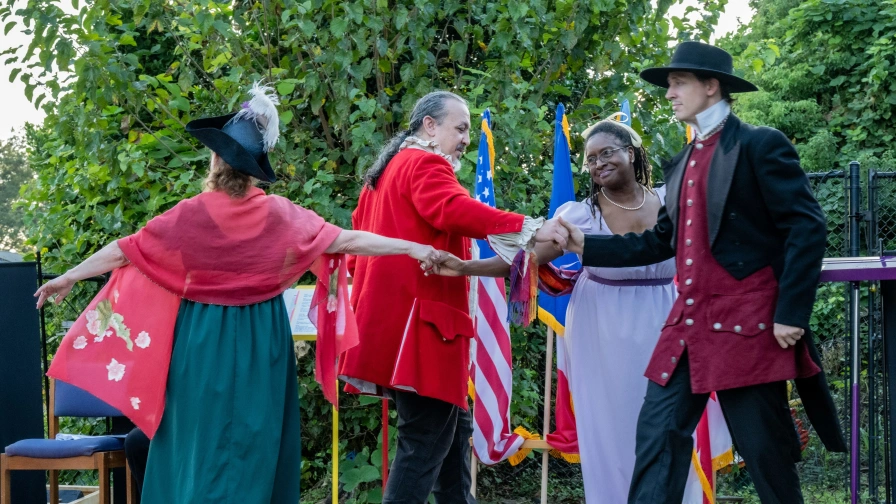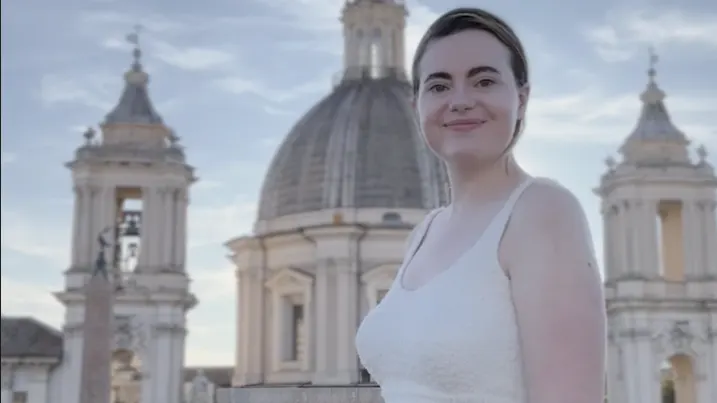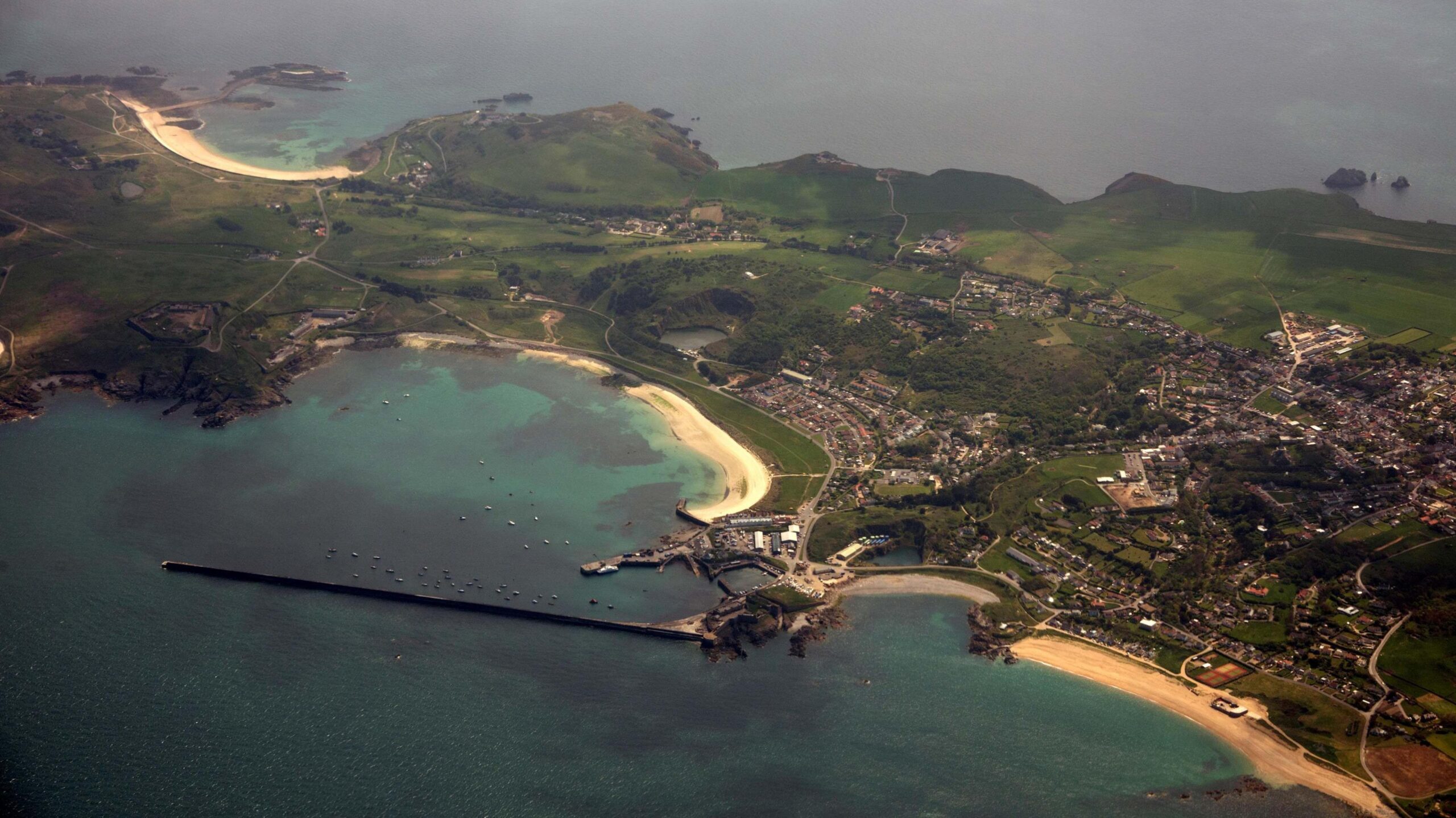The Georgian Military Road, a winding 210km path through Georgia’s stunning Caucasus Mountains, has served as a passageway for traders, invaders, and cultural exchange since ancient times. Tracing its origins back to the historic Silk Road, this route connects Georgia’s capital, Tbilisi, with the Russian city of Vladikavkaz. While fewer tourists explore this remote region, those who do find themselves captivated by its landscapes, dotted with colorful Soviet mosaics, serene Georgian Orthodox churches, and traditional villages nestled on cliff edges.
Driving along this route with Mirian Takvarelia, a driver from GoTrip Georgia, offers a glimpse into both history and culture. Takvarelia, who has been guiding visitors along the road for over 16 years, recounts stories of the region’s complex history and its resilience through conflict, including the five-day Russo-Georgian War in 2008. The road, originally fortified by the Russians in the 18th century, has seen centuries of military movement, from Roman and Persian troops to Russian campaigns in the Caucasian and Murid Wars. Yet beyond its military legacy, the route retains an essence of Georgia’s vibrant cultural heritage, which locals like Takvarelia are eager to share with visitors.
Starting in Mtskheta, a UNESCO World Heritage Site and Georgia’s spiritual heart, visitors encounter historical treasures, including the 11th-century Svetitskhoveli Cathedral and the cliffside Jvari Monastery, a 6th-century Georgian Orthodox church with intricate medieval carvings and inscriptions. The winding streets of Mtskheta transport travelers back to the days of Silk Road caravans, with bustling vendors offering everything from traditional rugs and wine ice cream to enamel jewelry.
The journey progresses deeper into the mountains to sites like Tsikhisdziri, where abandoned bus stops adorned with Soviet mosaics provide a colorful, if fading, reminder of Georgia’s Soviet-era past. Takvarelia points out these panels, which line many stops along the Georgian Military Road and illustrate scenes of Georgian folk life. One of the most famous of these mosaics, the Russia-Georgia Friendship Monument, stands near Gudauri, a tribute to the historical ties between the two nations, even as recent years have tested that bond.
On the final day, a 4×4 journey takes visitors into the remote Truso Valley, just 22km from Stepantsminda, where breathtaking landscapes reveal the valley’s hidden beauty. Here, medieval watchtowers and abandoned villages stand against the majestic Caucasus backdrop, and natural springs add to the mystical charm. Reflecting on the route, Takvarelia assures visitors that once they experience the Georgian Military Road, it will be etched in memory—a promise that, for many travelers, proves entirely true.




